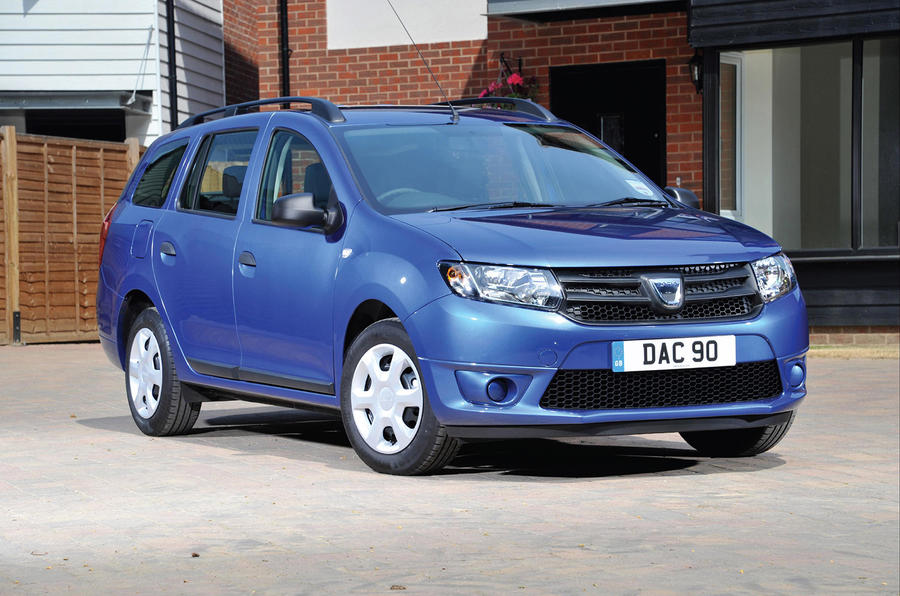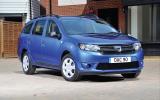The final numbers for the 2013 UK car market show a growth in the overall market to more than 2.25 million, a rise of more than 10 per cent.
The two factors that traditionally drive the growth in car sales – house prices and unemployment figures – were both positive last year and there was an additional one-off boost from the Payment Protection Insurance compensation. The latter factor will not be repeated in 2014 (unless the banks are forced to payout for yet another scandal), so the market is likely to stay flat in 2014.
Within the market, the big trend was fragmentation. The two biggest segments (superminis and small family cars) both grew at about the same rate as the whole market with growth of 12%, but some of the smaller segments grew much faster – both city cars (up 16%) and SUVs (up 19%) grew rapidly, while the traditional upper medium car really suffered (down 28%). It may be that in a couple of years, Ford’s principal large family car will actually be the Ford Kuga, not the Ford Mondeo.
The other form of fragmentation was the growth of both premium brands and value brands. For example, Audi and Skoda both had excellent years, but mainstream brands simply fought to maintain their share as best they could. What the premium and the value brands have in common is that they clearly stand for something – one is for prestige and the other is for value. The problem for mid-market brands is carving out a similarly clear identity.
Some have managed it – for example, Ford is identified with driving dynamics - but many have no strong image at a manufacturer level, having to rely on the strengths of individual models instead.
Read through the list below to see just how each manufacturer fared, and whether its market share grew or shrunk.
Alfa Romeo (Down: 2012 = 0.35 per cent; 2013 = 0.25 per cent)
Talk of selling 30,000 cars a year in the UK is long gone: sales are now below 6,000. The 4C will be a wonderful halo car – it’s just a shame there is nothing to bask in the light it will generate.
Aston Martin (Down: 2012 = 0.05 per cent; 2013 = 0.04 per cent)
The new investor has a lot of work to do – market share has halved since 2007. The technology tie-up with AMG will be critical: Aston is simply not big enough to generate the R&D budget it requires.
Audi (Up: 2012 = 6.05 per cent; 2013 = 6.27 per cent)
Likely to finish 2013 as the UK’s fourth largest brand. The key-fob du jour, as Audis are now seen as the coolest premium brand, if not always the best to drive.





























































Join the debate
Add your comment
I'm sick of Dacia being made out to be a NEW brand in the UK
Anti seat?
As said earlier, I couldn't care less about industry figures or how many cars a particular manufacturer claim to have sold, I use my eyes. I see the odd '63 plate Ibiza on the road - that's about it.
Other than in magazines and the Seat forecourt, I've yet to see a new-shape Leon on the open road !!! My local dealership sell Fiat / Seat and MG. All I can say is they must sell a hell of a lot of Fiat's to keep in business.
I pressume your posting was
I don't know why they always award the Leon less stars than autoexpress does that was my question.
I don't know why they write that SEAT in the uk is finally starting to improve when in fact they have had three consecutive record breaking years. That was my question.
I see lots of new 63 plate SEATs so not sure what's happening where you live.
final figures show 45,312 cars sold this year and 2% market share.
scotty5 wrote: I couldn't
Soooo...if you don't see the cars on the road then the car companies are lying? Is it that simple? I hardly ever see a Dacia, ever. I don't doubt they've had a good year though.
Usual anti-SEAT rubbish
SEAT had its then best ever UK year in 2011 with 36,089 cars sold.
It then beat this in 2012 with an increased 38,798 cars.
To the end of November 2013 SEAT UK had beaten that record yet again with over 40,000 sales for the first time and with a month to go.
So given three years of continuous UK records, how on earth can you write "finally starting to improve" in a UK market context?
It seems Autocar finds it hard to be too positive about SEAT as you always seem to award the Leon less than Autoexpress does, but perhaps you shouldnt comment on the 2013 UK car market if you dont know what you are talking about?